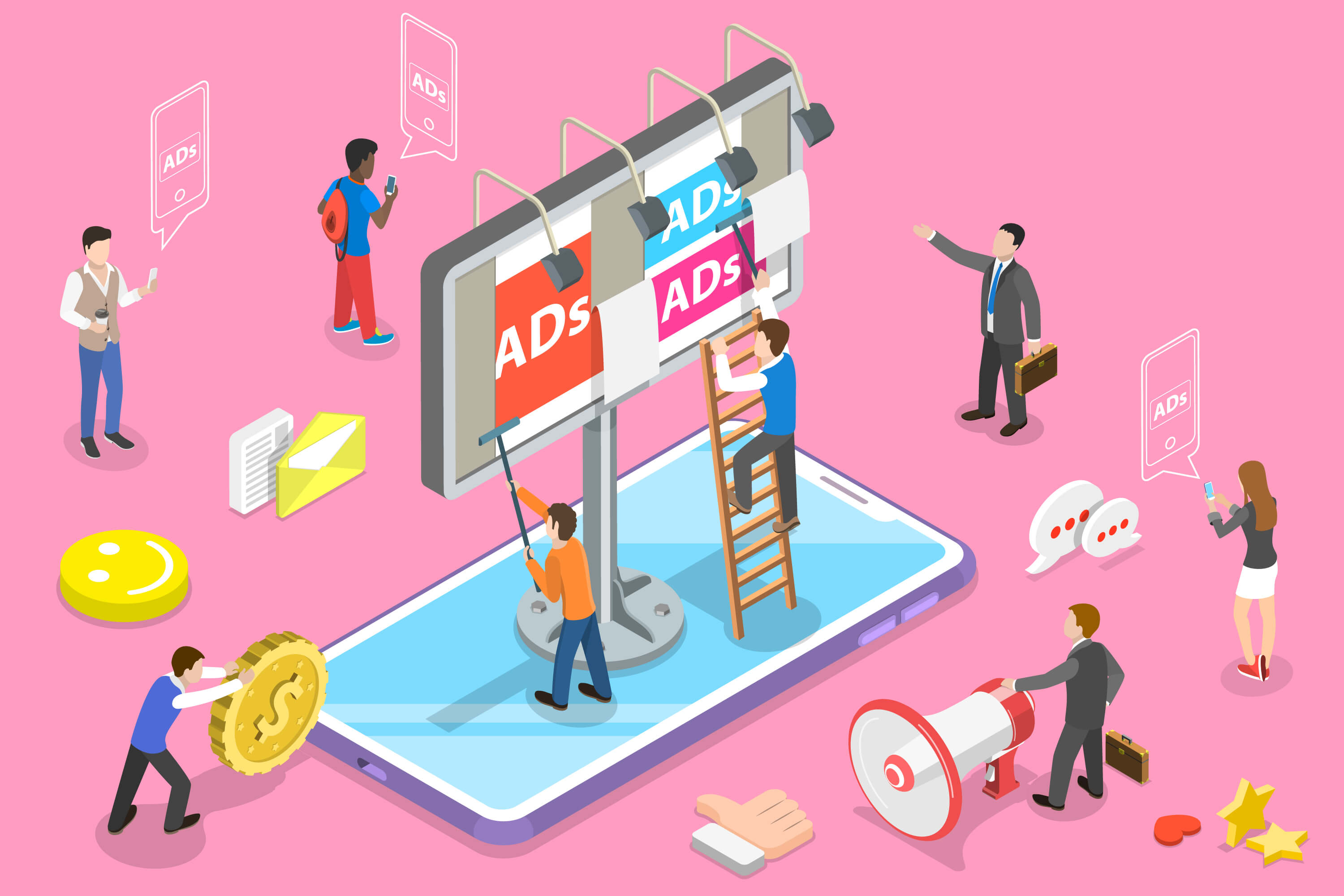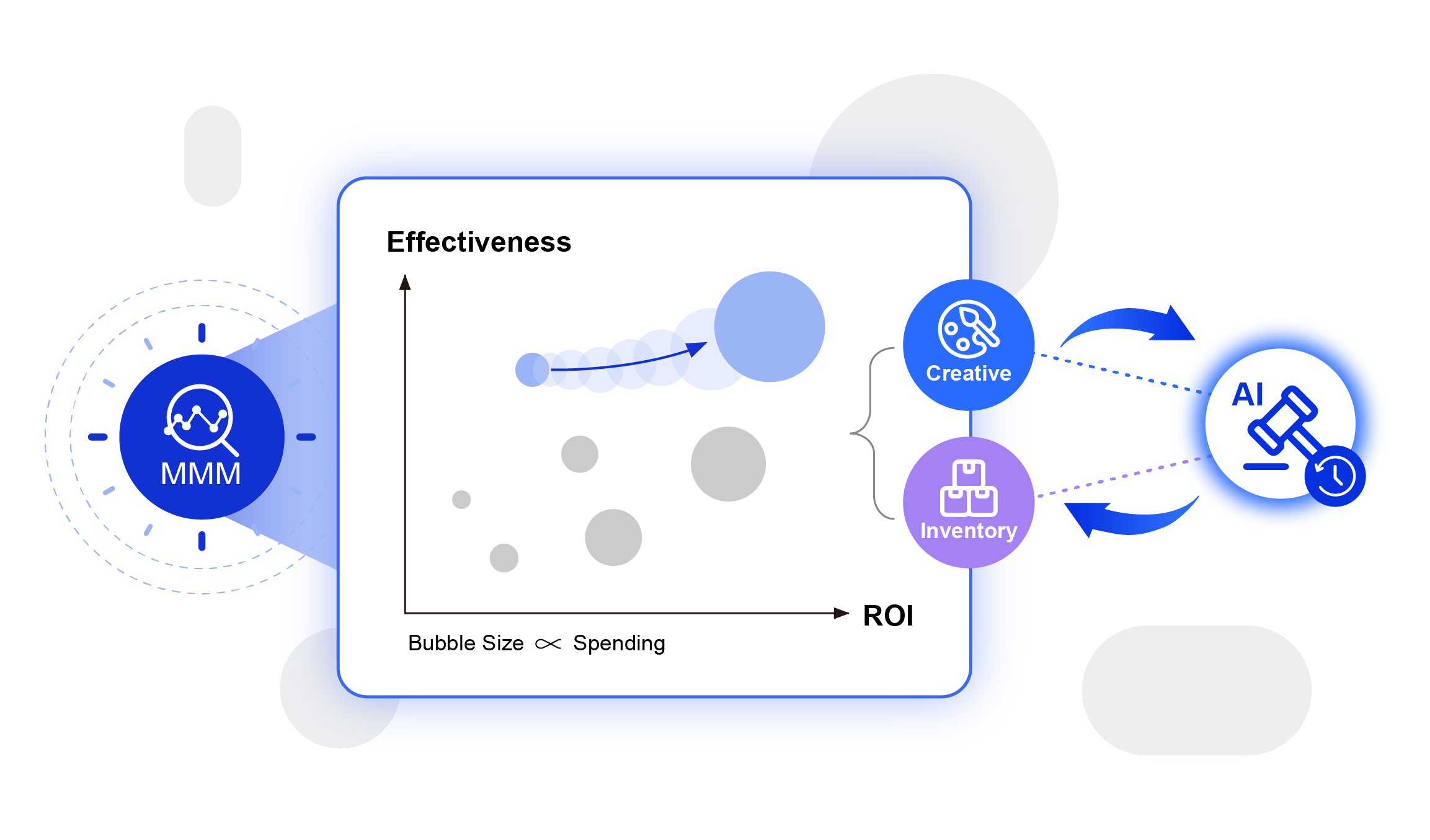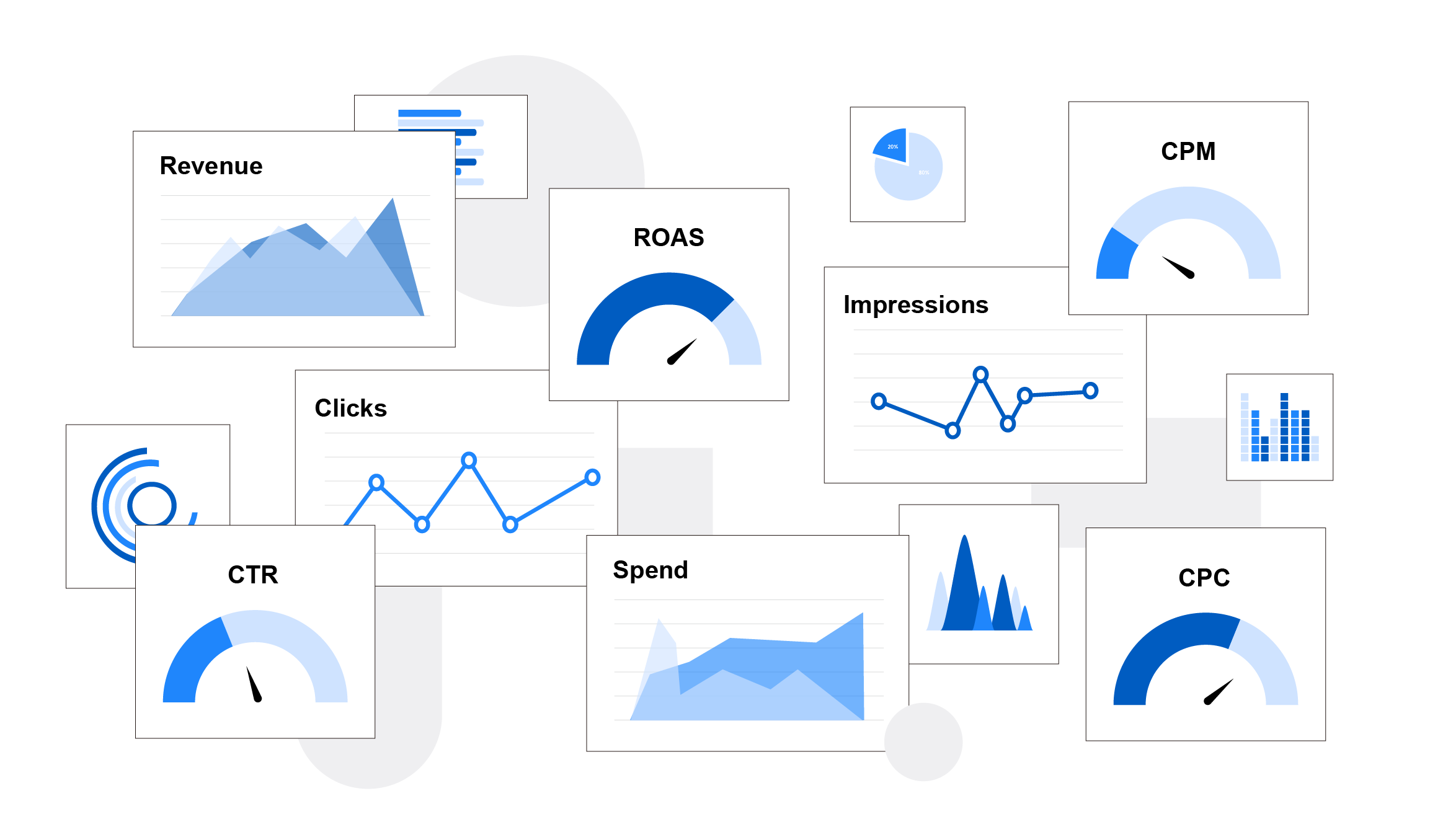5 min read
In-app advertising is on the rise, especially in Asia Pacific, which accounts for 47 percent of global app downloads . According to a report by Absolute Market Insights, the global in-app advertising market hit US$66.78 billion in 2018 and is expected to grow to US$472.64 billion by 2027.
In-app advertising allows advertisers to target customers where they spend their time, and today, this is on mobile devices and apps, with 89 percent of smartphone time being spent on apps – compared to 11 percent for mobile web.
It is effective too. In-app ads offer unique reach with the ability to catch people when other media can’t, for example, when they first wake up and on their commute. It also has higher click-through rates – between 1.3 to 2 times higher than mobile web.
In addition, in-app ads offer advertisers better targeting, a more contained environment for campaign tracking and increased engagement. However, to create a successful in-app advertising strategy, here are some of the most important aspects you should consider.
1. The Quality of Your Targeting Audience
While apps provide you information on users’ past purchases, browsing history, geography and demographics, to get the most out of your in-app ad campaigns and boost your return on investment (ROI), you need to dig deeper than these surface-level metrics to find your most valuable customers – the ones with the highest potential lifetime value (CTV).
Using deep learning to identify patterns in user behavior to create segments based on interests and real-time intent. From this you can then predict and rank the likely conversion rate (CVR) for each segment to identify your most valuable customers for targeting.
2. The Ad Formats You Use
The ad format you choose can have a big impact on your in-app campaigns. The main four types of ads used in apps are: Banner ads (appear in the header and footer), interstitial ads (appear during transitions), native ads (blend into the app), and rewarded video (offers users something in return for watching, such as a voucher or discount).
Video is now one of the most popular formats used in in-app marketing, with e-Marketer estimated that marketers would spend US$11.6 billion on in-app video ads in 2019 , which equates to 15 percent of all app ad spend.
Not only is video more engaging and immersive, but a global study by AdColony also found that rewarded video and interstitial video ads are some of the most profitable too, alongside in-app purchases and playable ads. However, you need to be aware of its challenges, which include fragmented cross-screen journeys, viewability and ad fraud.
3. Your App Ad Viewability
To ensure your in-app video ads are truly effective, they don’t just need to be delivered, they also need to be viewable. According to the Media Rating Council and IAB, a video is viewable if 50 percent is visible on screen , and it plays for two consecutive seconds.
One of the best ways to ensure viewability is by using AI-driven third-party tracking, which allows you to analyze consumer data on their demographics, location and behavior, in order to tailor the most relevant ads. You can also gain further insights based on clicks, conversions and other metrics to refine the user experience and optimize the viewability of your ads in real time.
According to Appier, doing this can lead to up to 92 percent viewability, compared to 60 percent for key performance indicators (KPIs).
4. The Impact of App Fraud
While you might have thousands of people signed up to your app, do you know how many of them are authentic accounts?
App fraud involves the simulation of downloads and in-app activity for financial gain, and it can seriously lower your average revenue per user (ARPU). It is estimated that app fraud cost marketers US$19 billion in 2018 – with video accounting for a large percentage of that figure.
To avoid falling victim to app fraud, you can use AI-based programmatic advertising solutions that apply deep learning algorithms to detect and predict fraudulent users based on their past behavior. These predictions are made at the moment a user clicks on an ad, so before the app is even installed.
In-app advertising enables you to move towards more targeted, engaged marketing, and should be a key part of your strategy. While there are still some barriers to overcome, by using the right tools and making sure you take an omnichannel approach, you can stay ahead of the curve and make the most of your spend.
* Want to know more about how AI can help you improve your targeting, boost your viewability, and detect fraud to create more effective in-app ad campaigns? Contact us today!



